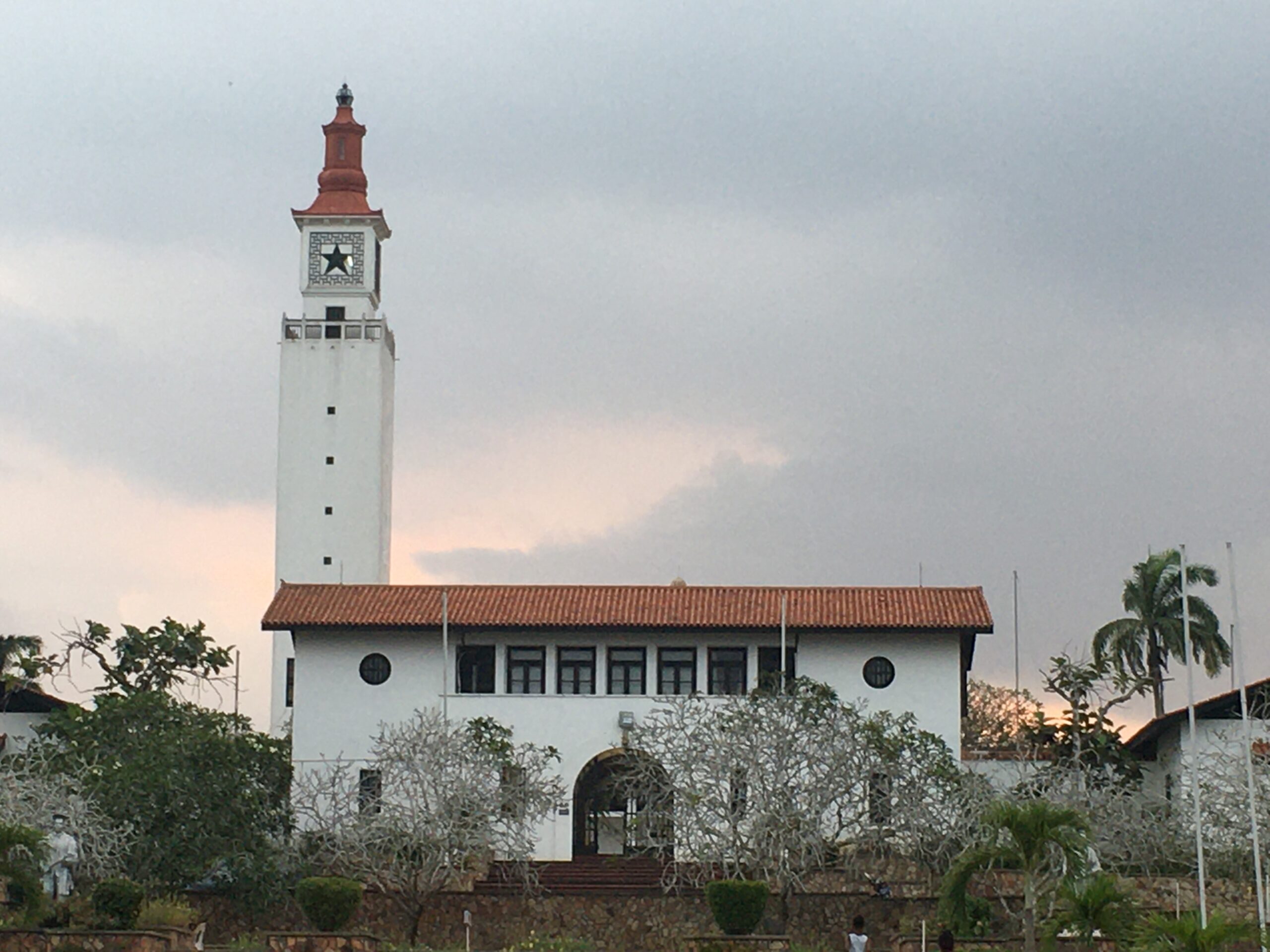UK government will not fund Xlinks Morocco-UK interconnector - Current News
The government will not provide a Contract for Difference (CfD) for the Xlinks Morocco-UK Power Project that would see a sub-sea interconnector constructed to supply power to Great Britain.
On 26 June, energy minister Michael Shanks stated that it is not in the UK national interest at this time to continue to consider providing support in the form of a 25-year CfD for the project.
Shanks said that a team of officials within the Department for Energy Security and Net Zero (DESNZ) has engaged with Xlinks closely to understand the details of the proposal, considering if and how the project could support the government’s strategic objectives and the risks which could impact the successful delivery of it.
However, it has concluded that the project does not clearly align strategically with the government’s mission to build homegrown power in the UK.
The decision has come just after the government released its Industrial Strategy, including a Clean Energy Industries Sector Plan that it said will “ensure the clean energy revolution is built in Britain”.
The Morocco-UK Power Project was unveiled in September 2021 and comprises a 11.5GW connection consisting of four High-Voltage Direct Current (HVDC) subsea cables between a solar and wind farm co-located with a 5GW/22.5GWh onsite battery storage facility in Morocco’s Guelmim Oued Noun region and Alverdiscott near the north coast of Devon, England.
It was deemed a Nationally Significant Infrastructure Project (NSIP) by the UK secretary of state for energy security and net zero in October 2023, and once complete would supply 3.6GW of clean power that is expected to deliver 8% of Britain’s current electricity needs.
Xlinks chair, sir Dave Lewis, said of the government’s decision not to consider a CfD for the project: “We are hugely surprised and bitterly disappointed that the UK Government would choose to walk away from an opportunity to unlock the substantial value that a large-scale renewable energy project like this would bring.”
He added that the project would require no upfront government investment and offered a “highly competitive” CfD strike price. In his estimation, it would reduce wholesale electricity prices by over 9% in its first year.
When the project was announced, it said it would deliver energy at £48/MWh CfD.
The subsea megaproject is expected to cost in the region of £18 billion and previously received funding from TAQA, one of the largest listed integrated utility companies in the Middle East and North Africa region, and Octopus Energy.
In May last year, GE Vernova, a purpose-built global energy company, invested $10.2 million (£8.1 million) in the project, soon after the Africa Finance Corporation announced investment over £11 million.
Interconnection between countries prevents blackouts when national generation is insufficient.
However, the unique part of the Xlinks project would have been that the power was supplied directly from renewable generation. According to Shanks, “there are stronger alternative options that we should focus our attention on to meet the government’s plans to decarbonise the power sector and accelerate to net zero at least risk to billpayers and taxpayers”.
For Lewis, however, the project would address the challenge of drops in UK generation “at significantly lower cost than the nuclear alternative and be connected to the grid much sooner”. The UK government recently confirmed a £2.5 billion investment in Great British Nuclear.
A few months ago, frustrated with the bureaucracy slowing the development of the project, Lewis told the Telegraph Xlinks was working on parallel plans to create the exact same project in Germany and another unnamed country, and claimed that these projects would be fast-tracked if the UK did not make significant planning progress.
Facing another setback after the government’s CfD decision, Lewis said: “We are now working to unlock the potential of the Project and maximise its value for all parties in a different way.”









